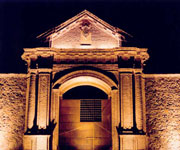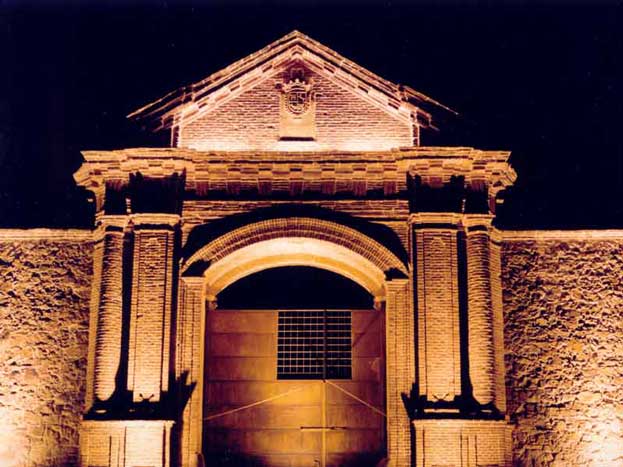Heritage of Mercury Almaden and Idrija the mining sites
Heritage of Mercury Almaden and Idrija are the mining sites of Almaden (Spain), where mercury (quicksilver) has been extracted since antiquity, and Idrija (Slovenia), where mercury was first found in AD1490. The Spanish property includes buildings relating to its mining history, including Retamar Castle, religious buildings and traditional dwellings. The site in Idrija notably features mercury stores and infrastructure, as well as miners' living quarters, and a miners' theatre. The sites bear testimony to the intercontinental trade in mercury which generated important exchanges between Europe and America over the centuries. Together they represent the two largest mercury mines in the world, operational until recent times.

Continent: Europe
Country: Slovenia, Spain
Category: Cultural
Criterion: (II)(IV)
Date of Inscription: 2012
Mercury Metal
Mercury is a relatively rare metal, whose use has long been irreplaceable in a variety of technical, chemical and industrial processes. It has only been produced in substantial quantities and over a long period by a small number of mines worldwide, of which the two largest, until recent times, were at Almaden in Spain and Idrija in Slovenia.
 |
| The Mining Site |


